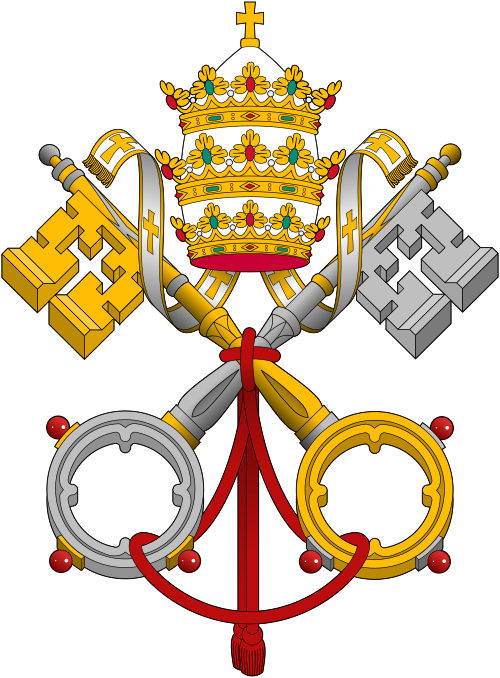
The Code of Canons of the Eastern Churches (CCEC; Latin: Codex Canonum Ecclesiarum Orientalium, abbreviated CCEO) is the title of the 1990 work which is a codification of the common portions of the canon law for the 23 Eastern Catholic Churches in the Catholic Church. It is divided into 30 titles and has a total of 1546 canons. The code entered into force in 1991.
Churches sui iuris and rites
A church sui iuris is “a community of the Christian faithful, which is joined together by a hierarchy according to the norm of law and which is expressly or tacitly recognized as sui iuris by the supreme authority of the Church” (CCEO, can. 27). The term sui iuris is an innovation of the CCEO, and denotes the relative autonomy of the Eastern Catholic Churches. This canonical term, pregnant with many juridical nuances, indicates the God-given mission of the Eastern Catholic Churches to preserve their patrimonial autonomous nature. The autonomy of these churches is relative in the sense that they are under the authority of the Bishop of Rome.
The term Roman Catholic is sometimes used to differentiate the Catholic Church and its members in full communion with the pope in Rome from other Christians who identify as “Catholic”. It is also sometimes used to differentiate adherents to the Latin Church and its use of the Roman Rite from Catholics of the Eastern Catholic Churches. It is not the official name preferred by the Holy See or bishops in full communion with the pope as a designation for their faith or institution.
